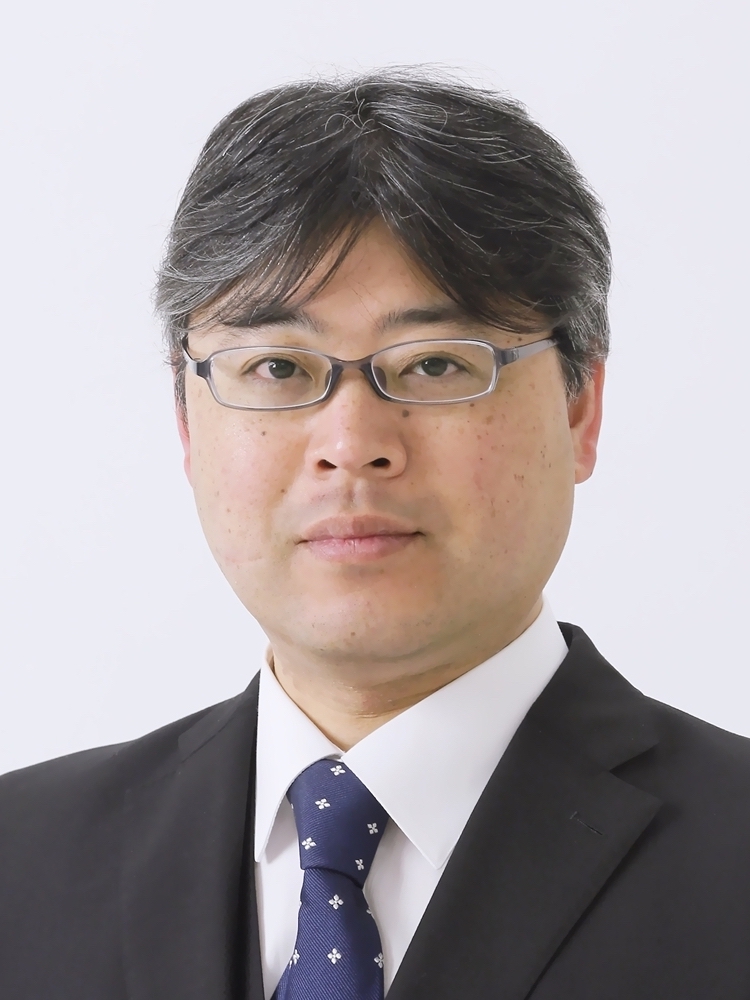B01 Systems modelling of hyper-adaptation mechanism for reconstruction of neural structure
Research Outline

Toshiyuki KONDO
This research group aims to realize systems modeling of hyper-adaptability mechanism with functional disinhibition observed in the impaired brain, especially from the viewpoint of reconstruction of neural structure. To clarify the underlying adaptability mechanism of a large-scale and complex network system such as the brain, the constructive approach is indispensable, in which a phenomenon can be modeled with the minimum degrees of freedom, and behavior of the model is verified by computer simulations.
The research group concretely performs the following three research topics. (1) By applying the probabilistic latent variable modeling methods to long-term multimodal data such as monkey and human brain/muscle activities and behaviors provided from the groups A01/A02, we attempt to interpret/visualize the physiological structure behind these data. In addition, to quantify the long-term change of the extensive disinhibition structure in the brain, we develop a simultaneous analysis method by integrating muscle activities and cortical electroencephalography. (2) To elucidate the deterioration mechanism of functional inhibition which seems different between young and elderly, we build a gray-box model of the brain network by considering the findings in clinical medicine such as resource allocation between motor and cognitive function, and by assuming unknown parameters such as resource limitation and inhibition strength. By integrating this brain network model and musculoskeletal model, we construct a posture control simulator in cooperation with B04. We estimate unknown model parameters by incorporating the results of posture control experiments of human subjects. (3) By developing experimental systems that can arbitrarily change the relationship between the brain and body using VR/robot technology, we perform the collaborative motor learning experiments in healthy young and elderly. Based on the findings, we will develop appropriate visuomotor tasks which can promote the reconstruction of neural structure in the brain, in collaboration with A01. By integrating these findings, we aim to realize a model of hyper-adaptability that can estimate the reconstruction of neural structures in the process of recovery from a disorder or disease, and to obtain knowledge for effective treatment and training.
Members
| Principal investigator | Toshiyuki KONDO | Professor, Tokyo University of Agriculture and Technology |
| Funded co-investigator | Ryosuke CHIBA | Professor, Graduate School of Science and Technology, Shinshu University |
| Megumi MIYASHITA | Assistant Professor, Tokyo University of Agriculture and Technology | |
| Co-investigators | Koji ITO | Emeritus Professor, Tokyo Institute of Technology |
| Shiro YANO | Visiting Associate Professor, Tokyo University of Agriculture and Technology | |
| Tamami SUDO | Assistant Professor, Tokyo University of Agriculture and Technology | |
| Yoshikatsu HAYASHI | Associate Professor, University of Reading | |
| Tetsunari INAMURA | Associate Professor, Principles of Informatics Research Division, National Institute of Informatics | |
| Fuminari KANEKO | Project Associate Professor, School of Medicine, Keio University |
